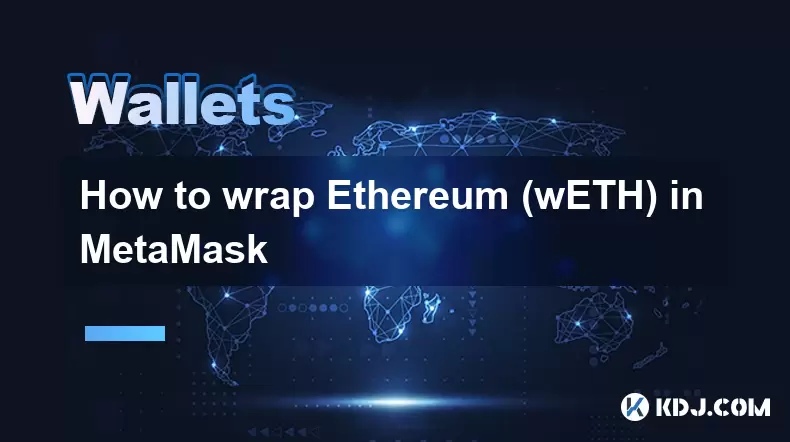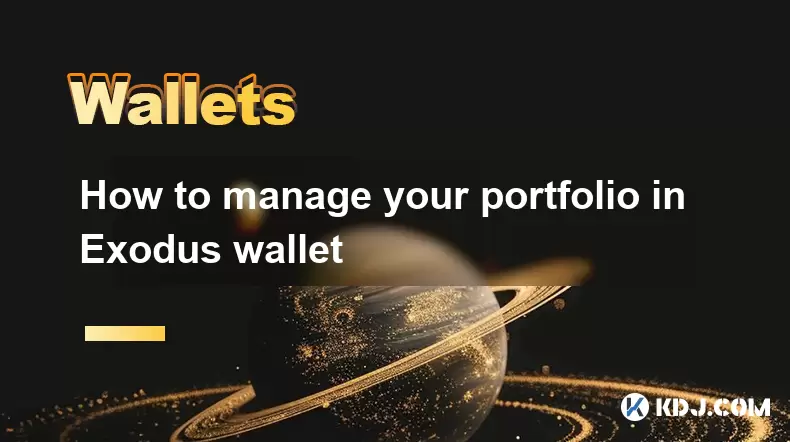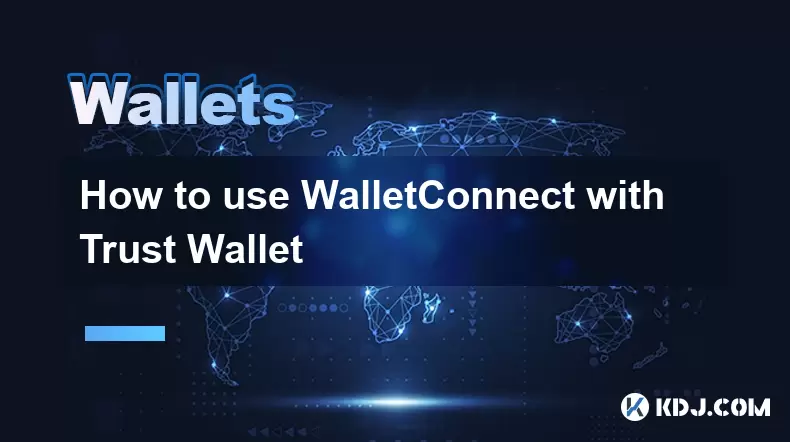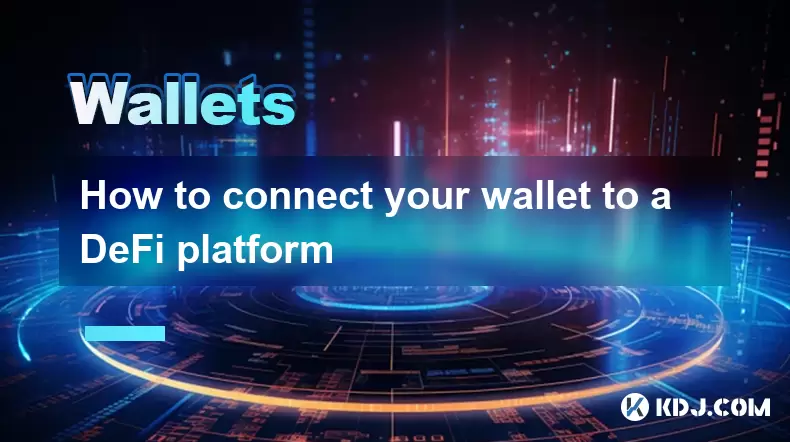-
 Bitcoin
Bitcoin $117600
0.25% -
 Ethereum
Ethereum $4424
0.10% -
 XRP
XRP $3.101
0.50% -
 Tether USDt
Tether USDt $1.001
-0.01% -
 BNB
BNB $836.2
1.26% -
 Solana
Solana $188.8
2.11% -
 USDC
USDC $1.000
0.01% -
 Dogecoin
Dogecoin $0.2301
0.57% -
 TRON
TRON $0.3485
-1.00% -
 Cardano
Cardano $0.9209
-1.34% -
 Hyperliquid
Hyperliquid $46.72
-1.19% -
 Chainlink
Chainlink $22.62
4.84% -
 Stellar
Stellar $0.4275
-0.38% -
 Sui
Sui $3.761
1.91% -
 Bitcoin Cash
Bitcoin Cash $586.7
-0.25% -
 Ethena USDe
Ethena USDe $1.001
0.01% -
 Hedera
Hedera $0.2510
2.06% -
 Avalanche
Avalanche $24.21
2.22% -
 Litecoin
Litecoin $119.7
1.07% -
 Toncoin
Toncoin $3.450
1.06% -
 UNUS SED LEO
UNUS SED LEO $9.411
-0.93% -
 Shiba Inu
Shiba Inu $0.00001298
1.20% -
 Uniswap
Uniswap $10.98
3.25% -
 Polkadot
Polkadot $3.961
2.16% -
 Dai
Dai $1.000
0.00% -
 Bitget Token
Bitget Token $4.642
0.95% -
 Cronos
Cronos $0.1514
0.57% -
 Ethena
Ethena $0.7290
3.78% -
 Monero
Monero $254.1
7.69% -
 Pepe
Pepe $0.00001102
2.47%
How to view the total value (TVL) of assets in OKX wallet?
OKX lacks a built-in TVL calculator; users must manually sum individual asset values, considering spot, futures positions, and leverage, for an accurate, albeit constantly fluctuating, total.
Mar 19, 2025 at 11:01 am

Key Points:
- OKX doesn't directly display a single, readily accessible "Total Value Locked" (TVL) figure for your entire wallet. TVL is typically associated with DeFi protocols, not centralized exchanges like OKX.
- Calculating your total asset value requires manually summing the values of your individual holdings.
- Real-time pricing fluctuations necessitate frequent recalculations for an accurate TVL representation.
- Understanding the difference between spot and futures positions is crucial for accurate valuation.
- Third-party tools may offer aggregated portfolio views, but they rely on OKX's API and may not be officially supported.
How to View the Total Value (TVL) of Assets in OKX Wallet?
Unlike decentralized finance (DeFi) platforms where TVL represents the total value locked in smart contracts, OKX, as a centralized exchange, doesn't present a single, readily available TVL metric for your entire wallet balance. The concept of TVL, in its traditional DeFi sense, is not directly applicable to a centralized exchange environment.
To determine the total value of your assets within your OKX wallet, you must manually calculate it. This involves adding up the value of each individual asset you hold. This calculation needs to account for all your holdings, including spot trading positions, futures contracts (with their respective leverage and margin), and any other assets you might have in your OKX account.
First, navigate to your OKX wallet. You will find a detailed list of your assets, usually categorized by type (spot, futures, etc.). Each asset will show its quantity and its current market price. Note that this price is a snapshot in time and will fluctuate constantly.
To calculate your total value, you will need to multiply the quantity of each asset by its current market price. For example, if you own 1 BTC at a price of $30,000, that portion of your TVL is $30,000. Repeat this for each asset you hold. Then, sum all these individual values to arrive at a total.
Remember that futures contracts require a more complex calculation. The value of a futures contract is not simply the contract's notional value. It involves considering your position size, leverage, and the current market price of the underlying asset. Understanding the intricacies of margin trading and leverage is crucial for accurate valuation in this context.
The process of calculating your TVL on OKX is not automated. The values displayed for each asset are real-time, but the summation needs to be done manually. This means your calculated TVL will constantly change based on market movements. You'll need to repeat this process regularly to get an updated view of your total asset value.
While OKX doesn't offer a built-in TVL calculation, various third-party portfolio tracking tools might integrate with OKX's API. These tools can often aggregate your assets from different exchanges, providing a more consolidated view. However, it is crucial to understand that these third-party tools are not officially supported by OKX and their accuracy relies entirely on the data provided by OKX's API. Always exercise caution when using third-party applications and ensure they are reputable.
The process of calculating your total value involves several steps, and accuracy relies on consistently updated market data and a thorough understanding of your holdings across all asset types within your OKX account. The dynamic nature of cryptocurrency markets means your calculated TVL is a snapshot in time, requiring frequent recalculation to reflect the current market conditions.
What if I have assets in different currencies?
You need to convert all assets into a single currency (usually USD) for a meaningful total. Use current exchange rates to convert each asset's value into your chosen currency before summing them up.
How often should I recalculate my TVL?
Given the volatility of the cryptocurrency market, recalculating your TVL several times a day, or at least daily, is recommended for a reasonably accurate reflection of your portfolio's value.
Are there any risks associated with using third-party tools to track my OKX wallet value?
Yes, always vet third-party tools thoroughly. Ensure they have a good reputation and strong security measures to protect your data. Unauthorized access to your API keys could compromise your OKX account.
Does OKX provide any tools to help with this calculation?
No, OKX does not offer a built-in feature to calculate the total value locked (TVL) of all your assets. The calculation must be done manually.
What about staking rewards? How do I include them in my TVL calculation?
You should include the value of any accrued staking rewards in your calculation. Determine their current market value and add it to the total.
Can I use a spreadsheet to track my OKX wallet TVL?
Yes, a spreadsheet is an excellent tool to track your assets, their values, and calculate your TVL. You can update the spreadsheet regularly with the current market prices.
Disclaimer:info@kdj.com
The information provided is not trading advice. kdj.com does not assume any responsibility for any investments made based on the information provided in this article. Cryptocurrencies are highly volatile and it is highly recommended that you invest with caution after thorough research!
If you believe that the content used on this website infringes your copyright, please contact us immediately (info@kdj.com) and we will delete it promptly.
- Kazakhstan's Crypto Leap: Bitcoin ETF and Central Asia's Digital Finance Future
- 2025-08-13 12:45:19
- BlockDAG Presale Blazes Past $371M: Fundraising Frenzy Fuels Crypto Sensation
- 2025-08-13 13:05:21
- Meme Coins: Chasing the 2025 Surge – Which Will Moonshot?
- 2025-08-13 10:25:23
- Bitcoin's Wild Ride: Rally, Pullback, and What's Next
- 2025-08-13 10:25:23
- Bitcoin, Bitmax, and Institutional Demand: A New Era of Crypto Investment
- 2025-08-13 10:45:12
- Solana, ROAM, and Airdrops: What's the Buzz in 2025?
- 2025-08-13 11:35:13
Related knowledge

How to wrap Ethereum (wETH) in MetaMask
Aug 13,2025 at 11:36am
Understanding Wrapped Ethereum (wETH)Wrapped Ethereum (wETH) is a tokenized version of native Ethereum (ETH) that conforms to the ERC-20 standard, ena...

How to manage your portfolio in Exodus wallet
Aug 08,2025 at 10:07pm
Understanding the Exodus Wallet InterfaceThe Exodus wallet is a non-custodial cryptocurrency wallet that supports a wide range of digital assets. When...

How to manage your portfolio in Exodus wallet
Aug 13,2025 at 11:35am
Understanding the Exodus Wallet InterfaceThe Exodus wallet is a non-custodial cryptocurrency wallet that supports a wide range of digital assets. Upon...

How to reset your MetaMask password
Aug 08,2025 at 01:28pm
Understanding the MetaMask Password Reset ProcessMany users confuse the MetaMask password with the seed phrase or private key, but they serve differen...

How to use WalletConnect with Trust Wallet
Aug 13,2025 at 01:07am
What Is WalletConnect and Why It Matters for Trust Wallet UsersWalletConnect is an open-source protocol that enables secure communication between dece...

How to connect your wallet to a DeFi platform
Aug 13,2025 at 11:36am
Understanding Wallet Compatibility with DeFi PlatformsBefore connecting your wallet to any DeFi platform, it's essential to ensure your wallet is comp...

How to wrap Ethereum (wETH) in MetaMask
Aug 13,2025 at 11:36am
Understanding Wrapped Ethereum (wETH)Wrapped Ethereum (wETH) is a tokenized version of native Ethereum (ETH) that conforms to the ERC-20 standard, ena...

How to manage your portfolio in Exodus wallet
Aug 08,2025 at 10:07pm
Understanding the Exodus Wallet InterfaceThe Exodus wallet is a non-custodial cryptocurrency wallet that supports a wide range of digital assets. When...

How to manage your portfolio in Exodus wallet
Aug 13,2025 at 11:35am
Understanding the Exodus Wallet InterfaceThe Exodus wallet is a non-custodial cryptocurrency wallet that supports a wide range of digital assets. Upon...

How to reset your MetaMask password
Aug 08,2025 at 01:28pm
Understanding the MetaMask Password Reset ProcessMany users confuse the MetaMask password with the seed phrase or private key, but they serve differen...

How to use WalletConnect with Trust Wallet
Aug 13,2025 at 01:07am
What Is WalletConnect and Why It Matters for Trust Wallet UsersWalletConnect is an open-source protocol that enables secure communication between dece...

How to connect your wallet to a DeFi platform
Aug 13,2025 at 11:36am
Understanding Wallet Compatibility with DeFi PlatformsBefore connecting your wallet to any DeFi platform, it's essential to ensure your wallet is comp...
See all articles

























































































